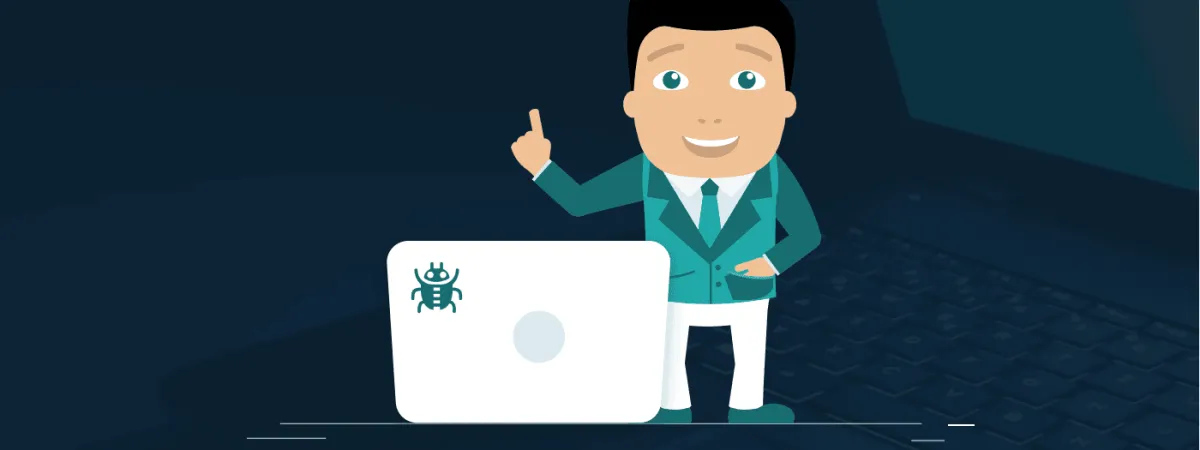Many organizations have a computer security incident response team (CSIRT), gaining much consideration. The team is responsible for dealing with the increasing number and complexity of cyber threats. However, the team will be only effective if you use the best practices to create one.
Most organizations have a security operation center (SOC) and CSIRT. However, both are entirely different. A SOC is a group of tools that defend networks, servers, and other IT structures. A CSIRT is a multi-functional team that works together to respond to any security incidents. In this team, some members are available, while others are called as needed.
In contrast to a SOC, an incident response team’s responses go beyond the technical actions taken to rectify an incident. They recommend changes to systems or organizational practices to protect against future incidents.
It includes non-technical responsibilities like managing internal communications, status reporting, and helping counsel. It efficiently handles personnel issues when an incident happens due to inside actions.
How to create an effective CSIRT – 7 Best practices
It is also essential to involve various processes and talent to form a SOC. If you’re looking for the best practice to build an effective CSIRT, don’t worry! This blog will discuss seven best practices (based on our research and experience) for creating an effective CSIRT. The methods are as follows:
Form a friendly team
Educating the entire organization regarding its acute and multi-functional nature is essential.
Every team member needs to understand the value of similar roles and skills. Eliminating differences between the technical members in the SOC and the nontechnical CSIRT members will be easy.
Hire an effective advocate or executive sponsor
It means a staff member in the position of a CSIO or executive staff member is necessary. This member must effectively communicate the consequence of an incident to all other executives and board members.
The person hired will ensure that the incident response team receives proper attention. Furthermore, he is responsible for developing a workable budget and storing the authority to act vigorously during the incident.
Outline the key roles and hire from across the organization
The multi-functional team members might consist of:
- An incident manager who can efficiently work across the entire organization. He should be capable enough for calls and meetings and hold team members responsible for their actions. He is also accountable for the roll-ups findings before communicating incidents to the organization.
- Communication and PR expert who can manage everything from handling press investigations to communicating with workers and monitoring social media.
- A lead investigator. It can be like a security analyst who takes responsibility for investigating a security incident.
- Privacy proficiency like the general counsel or a deputy legal team member who provides advice on issues.
Form a team on realistic IT budgets
Security incidents can happen at any time. Thus, you need CSIRT staff who are geographically dispersed. The reason is to ensure that at least someone is available 24/7 hours.
However, you can introduce various shifts if you face difficulty adjusting to different timings. These shifts must include those often trained and eligible to lead an incident. Moreover, you must have the dismissal option by cross-training each Compute Security Incident Response Team member and their specific role.
Although, few IT organizations have the budget to staff this ideal position. As a part of this practice, plan for real-world staffing limitations before an incident occurs.
Protect all team members from distractions
Security incidents can be solid and robust. The effort needed for a violation response can take many years. All the CSIRT members might experience stress and exhaustion. It might be due to responding to a current flood of audits, legal needs, HR requests, and so on.
So, though your incident response teams must be friendly, they must also practice distraction evasion. It requires segregation from unplanned external requests and establishing a procedure for work intake.
Establishing nonlinear roles and responsibilities
Owing to their problems, both SOC and CSIRT need to work together. They will need feedback loops for surveillance, widespread investigative support, and technical recommendations.
It will surely help the work of the incident response team, which goes beyond merely responding to incidents. It includes learning what causes incidents to take place. Later, pouring the information through the organization to avoid similar upcoming incidents.
Create a diverse team
Hire and employ people who understand the various aspects of tribal knowledge quite well.
For instance, email is a delivery mechanism in crypto-ransomware. Given this, a CSIRT talent source could be a member of the messaging team—someone between those handling your email structures.
When you involve a technically diverse team and hire from them over time, your incident response capability will be intensely improved.
An effective Computer Security Incident Response Team is necessary to tackle any incident. Adopting the practices mentioned above will inevitably create an operative CSIRT.
Share this article
About the Author
Rebecca James is an IT consultant with forward thinking approach toward developing IT infrastructures of SMEs. She writes to engage with individuals and raise awareness of digital security, privacy, and better IT infrastructure.
More from Rebecca JamesRelated Posts

How to Avoid Gambling Restrictions in 2024
KEY TAKEAWAYS Gambling is prohibited in multiple countries as it is addictive, and many people go ba...

20 Best Penetration Testing Tools For Security Professionals
KEY TAKEAWAYS If you’re in a hurry, then have a look at the list of 20 best penetration testin...

The Role of Developer Security in Software Development
KEY TAKEAWAYS The revolution of DevOps has reduced the SLDC and resulted in the creation of many sof...

How To Detect Hidden Cameras And Listening Devices? A Complete Guide
Many people feel like someone is watching them or listening to their conversations. They may be righ...

What is Virtual Firewall and How it Helps Us in 2024?
Scientists and technicians are trying to invent the latest technology protection to create barriers ...

7 Ways to Fight Against Ransomware Attacks
KEY TAKEAWAYS Ransomware attacks are growing frequently and affecting every sector of the business i...





